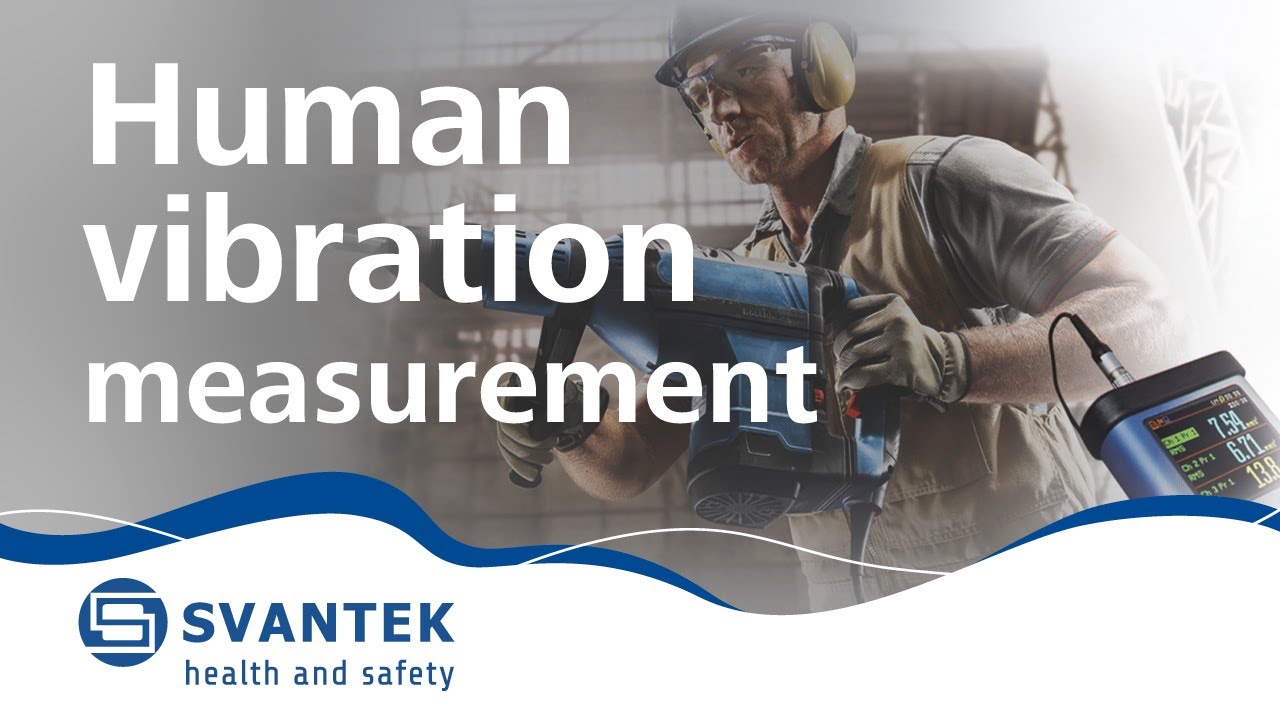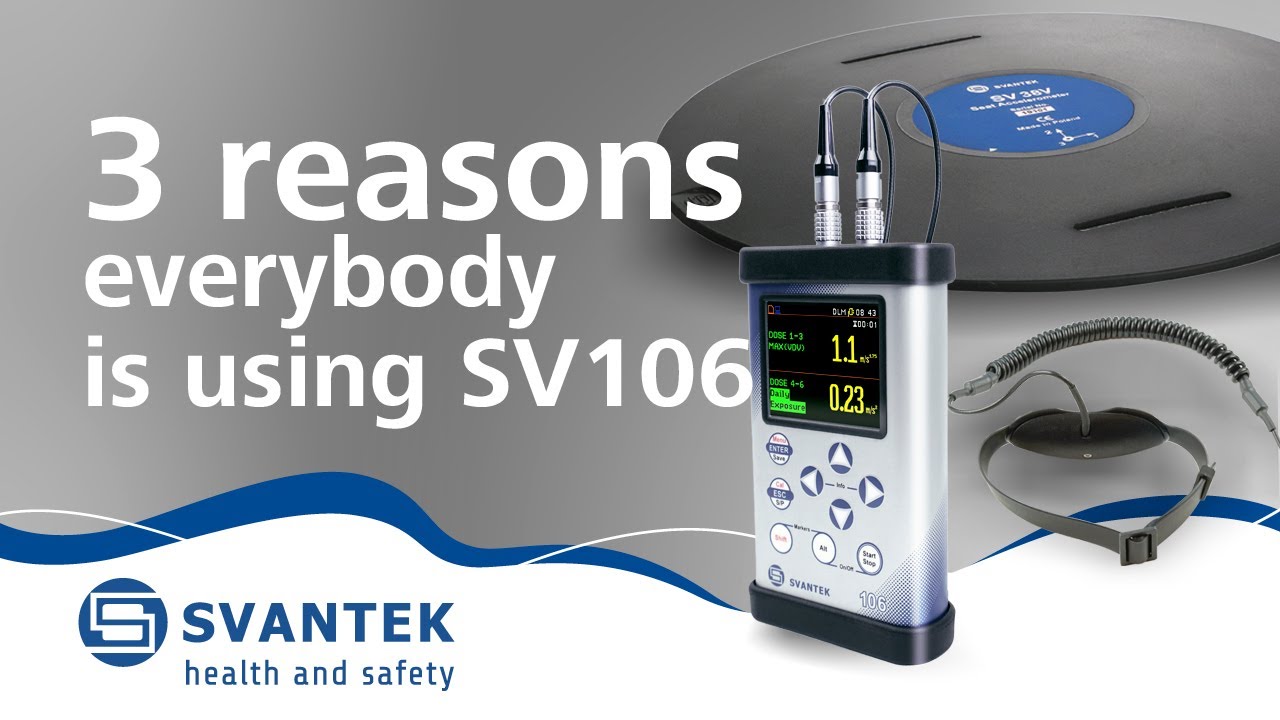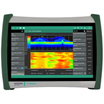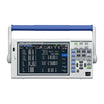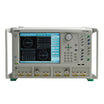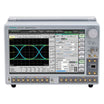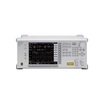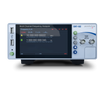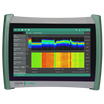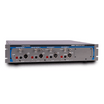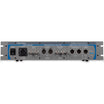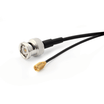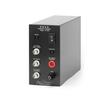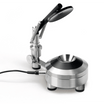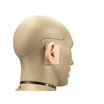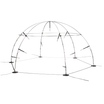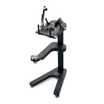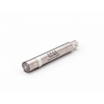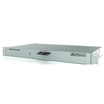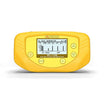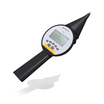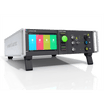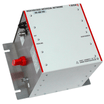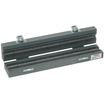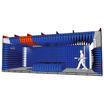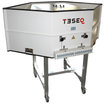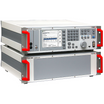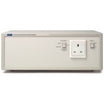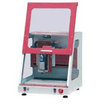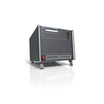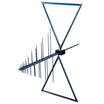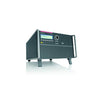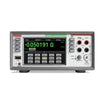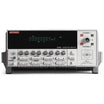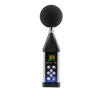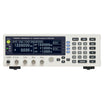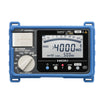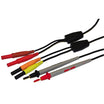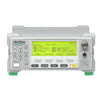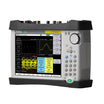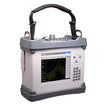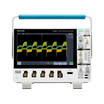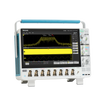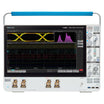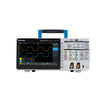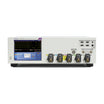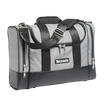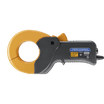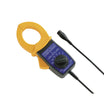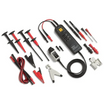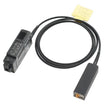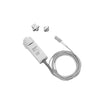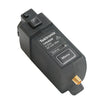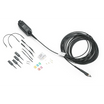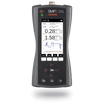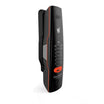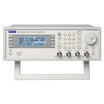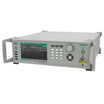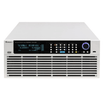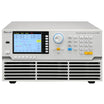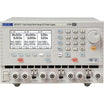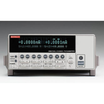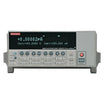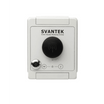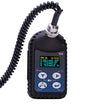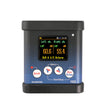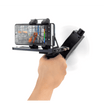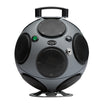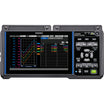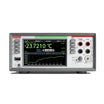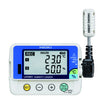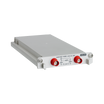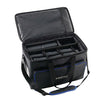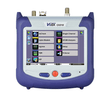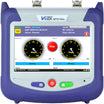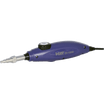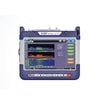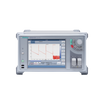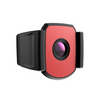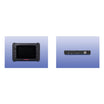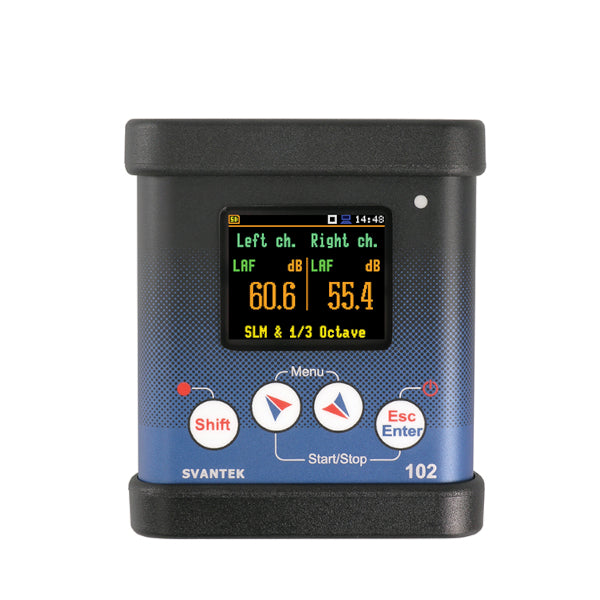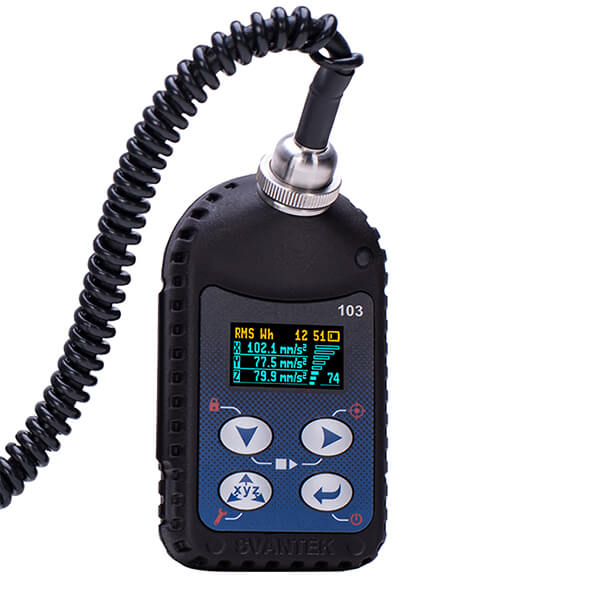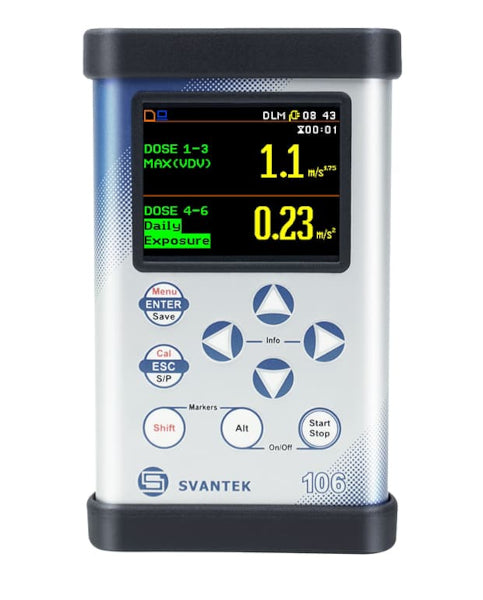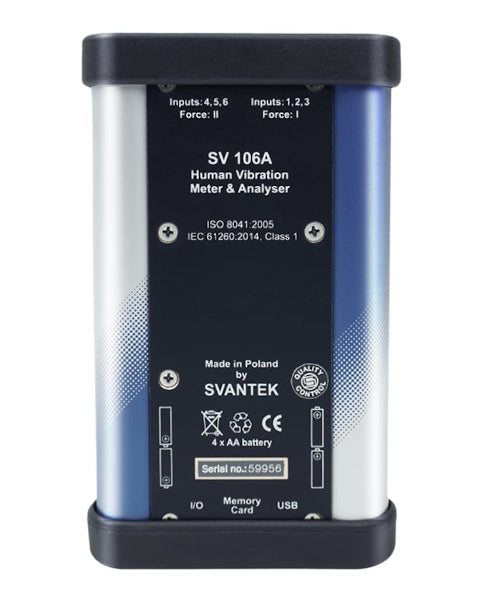Whole-body vibration
Measurements according to ISO 2631-1

The whole-body vibration term is used for motions transmitted to the human body as a whole through the supporting surfaces: the feet of a standing person, the buttocks, back and feet of a seated person or the supporting area of a recumbent person. This type of vibration is found in vehicles, in machinery, in buildings and in the vicinity of working machinery.
ISO 2631-1 defines methods of whole-body vibration measurements in the frequency range from 0.5 Hz to 80 Hz for health, comfort and perception and from 0.1 Hz to 0.5 Hz for motion sickness.
The vibration evaluation according to this part of ISO 2631 is based on measurements of the weighted root-mean-square (RMS) vibration acceleration.
Instrumentation for whole-body vibration measurements is defined in the standard ISO 8041-1 as the combination of the vibration accelerometer, signal processor and a display.
ISO 2631-1
Measurements
The vibration shall be measured according to a coordinate (X,Y,Z) system originating at a point from which vibration is considered to enter the human body. This part of ISO 2631 uses three principal areas for seated persons: seat surface, the seat-back and the feet. The accelerometer should be placed in the place where the vibration enters the body, in case of rigid surfaces, it can be placed closely adjacent to the area of contact between the body and the vibrating surface (around 10 cm of that point).
The duration of measurement shall be sufficient to ensure reasonable statistical precision and to ensure that the vibration is typical of the exposures which are being assessed.
The assessment of the level of exposure to vibration is based on the calculation of daily exposure A(8) expressed as equivalent continuous acceleration over an eight-hour period, calculated as the highest (RMS) value, or the highest vibration dose value (VDV) of the frequency-weighted accelerations, determined on three orthogonal axes (1.4 awx, 1.4 awy, awz for a seated or standing worker) in accordance with ISO standard 2631-1. The application of 1.4 weighting in x and y axes is associated with the higher risk of negative effects of the horizontal vibrations to the human health.
For vibration with crest factor below of equal to 9 the RMS method is normally sufficient. For the crest factor higher than 9 the application of VDV method is recommended. ISO 2631 defines crest factor as the modulus of the ratio of the maximum instantaneous peak of the frequency weighted acceleration signal to its RMS value.
Use of the classic human vibration meters such as SV 106 provides with possibility of configuration for hand-arm as well as whole-body applications. This comes with a more advanced user interface and necessity of the presence of the measurement consultant during the measurement at all times.
Solutions such SV 100A vibration dosimeter is suitable for taking unattended measurements both on the seat and seat-back. The device uses the very latest technology and is easy to use ( the interface consist of 4 push buttons and a small OLED display). The wireless Bluetooth communication interface enables current results to be previewed on a smartphone or tablet using the Assistant application.
Assistant is a smartphone application for devices running on Android and iOS platforms extending functionalities of SV 100A. The application uses the Bluetooth® interface enabling current results to be previewed on a smartphone or tablet as well as controlling the measurement Start / Stop and Markers. The Assistant also signals an alarm when set noise or vibration limits are exceeded. The unique feature of Assistant is functionality of sending the GPS position and vehicle speed to the SV 100A to create image of vibration on a map providing very powerful tools for identification of road conditions and vehicle speed.
Related Products
Videos:
